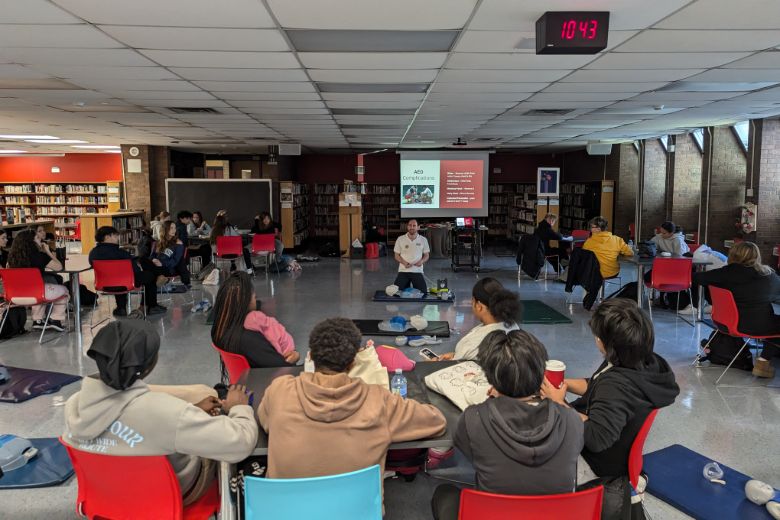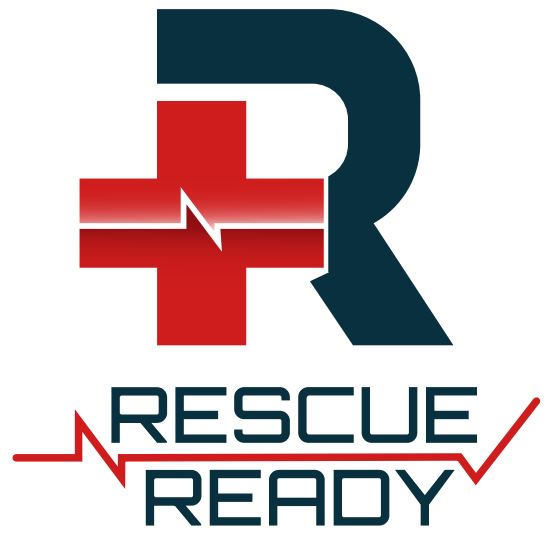
Basic First Aid Techniques Everyone Should Know
Accidents and emergencies can happen at any time, and having basic first aid skills can make all the difference in providing immediate care before professional help arrives. Whether you’re at home, work, or out in the community, being equipped with fundamental first aid techniques can be a lifesaver. Let’s dive into a comprehensive guide on essential first aid skills, from CPR to treating minor wounds.
1. CPR (Cardiopulmonary Resuscitation):
CPR is a life-saving technique used in emergencies when someone’s heartbeat or breathing has stopped. Immediate CPR can double or even triple the chances of survival.
- Check for Responsiveness: Tap the person and shout loudly to see if they respond.
- Call for Help: Dial emergency services immediately.
- Begin Chest Compressions: Place your hands on the center of the chest and push hard and fast. Aim for at least 2 inches deep and a rate of 100-120 compressions per minute. (1.5 inches for children/ 1/3 the depth of an infant’s chest using two fingers)
- Give Rescue Breaths: After 30 compressions, give two rescue breaths. Ensure the chest rises with each breath.
2. Choking:
Choking can happen unexpectedly, and quick action is crucial:
- Encourage Coughing: If the person is coughing forcefully, encourage them to continue.
- Perform Back Blows and Abdominal Thrusts: Stand behind the person, hinge them over forward, and perform 5 Back Blows, then, stand them up, wrap your arms around their waist, and give 5 quick, upward thrusts just above the navel.
3. Treating Minor Wounds:
For cuts, scrapes, or burns, follow these steps:
- Clean the Wound: Rinse with cool, running water to remove dirt and debris.
- Apply Antibiotic Ointment: Prevent infection by applying a thin layer of antibiotic ointment.
- Cover with a Bandage: Use a sterile bandage or gauze pad to protect the wound.
4. Dealing with Burns:
For minor burns, remember the 3 Cs:
- Cool: Hold the burned area under cool (not cold) running water for at least 10 minutes.
- Cover: Cover the burn with a sterile non-stick bandage.
- Comfort: Advise pain relief with over-the-counter pain medication. Allow them to retrieve it and use it at their own discretion.
5. Treating Sprains and Strains:
Remember RICE:
- Rest: Avoid using the injured area.
- Ice: Apply an ice pack for 15-20 minutes every 2-3 hours.
- Compression: Use a compression bandage to reduce swelling.
- Elevation: Elevate the injured area to minimize swelling.
Conclusion:
Being familiar with these basic first-aid techniques empowers you to respond effectively in emergencies. Remember, always prioritize your safety and the safety of others. While first aid is essential, seeking professional medical attention is equally crucial. Consider taking a certified first aid course to enhance your skills and confidence. With these fundamental techniques, you can be a positive force in the face of unexpected health challenges.
